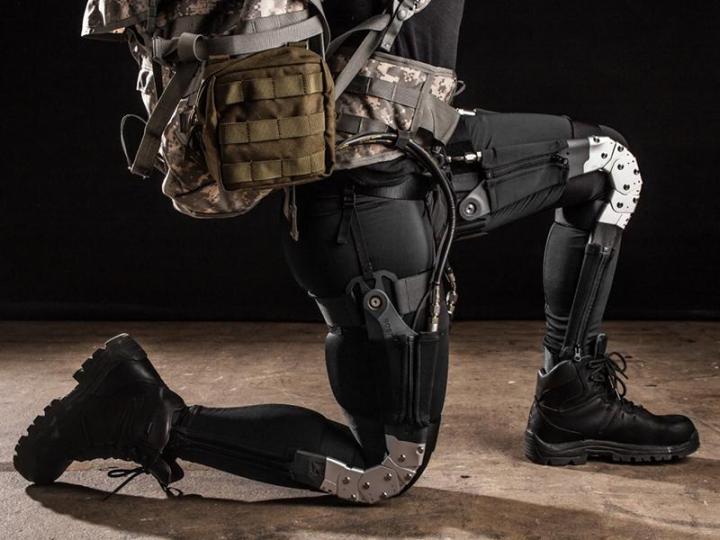
This version of the suit is designed to help soldiers carry heavier loads across further distances; eventually, it could assist anyone who has trouble walking normally. What makes the suit different to others in development is that it’s so light and easy to put on — it includes flexible power units and a range of integrated sensors. Unlike large, heavy alternatives, the Soft Exosuit is designed to make small but significant differences to a human’s capabilities.
Related: Who needs sights anymore? DARPA has just developed self-guiding bullets
“Exoskeletons often fail to allow the wearer to perform his or her natural joint movements, are generally heavy, and can hence cause fatigue,” explain the engineers behind the suit. “[The Soft Exosuit] can be significantly lighter than an exoskeleton since it does not contain a rigid structure. It also provides minimal restrictions to the wearer’s motions, avoiding problems relating to joint misalignment.”
The majority of the suit’s workload is done at the waist level, reducing the bulk of the components fitted around the leg, while a network of cables are used to transmit support to the joints. A micro-computer affixed to the top of the exosuit automatically adjusts its settings to match the speed and movements of the wearer — it’s designed to be as natural to use as possible.
The investment in funding means the Harvard team can develop their ideas further, whether these wearable exosuits are going to be helping soldiers or the infirm. At the moment the makers of the Soft Exosuit only have a preliminary prototype to show for their efforts, but it’s hoped that partners from the medical industry can soon be brought on board.


